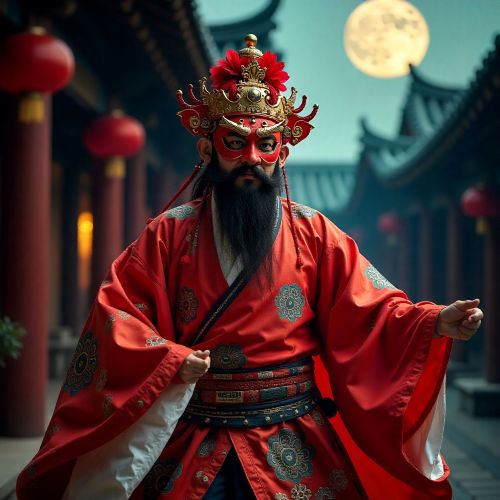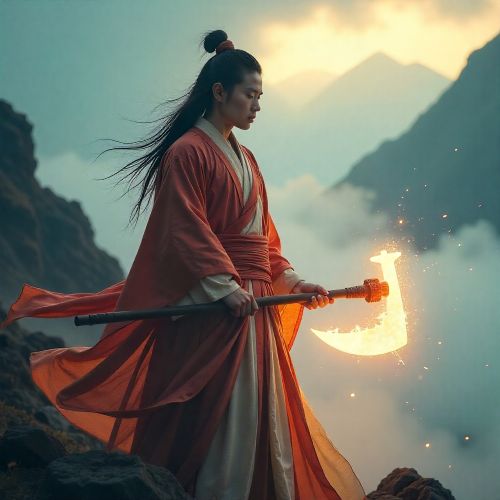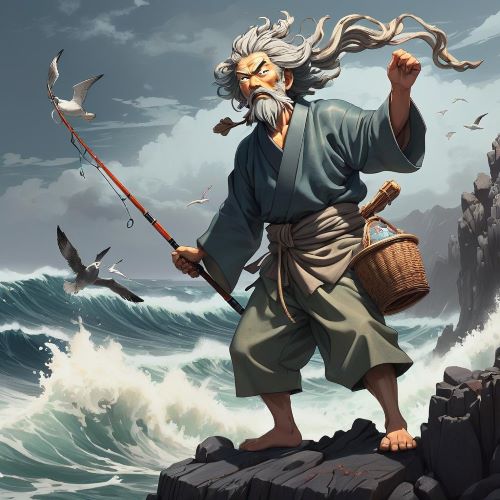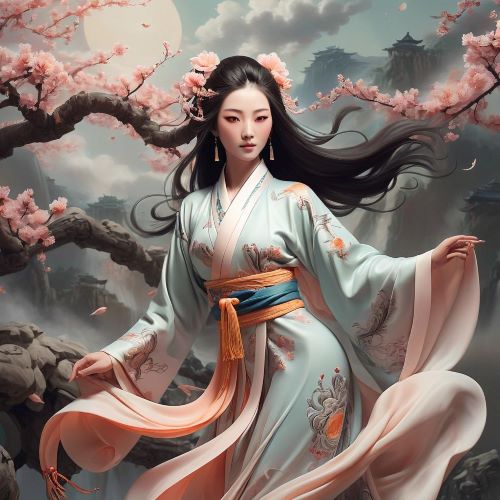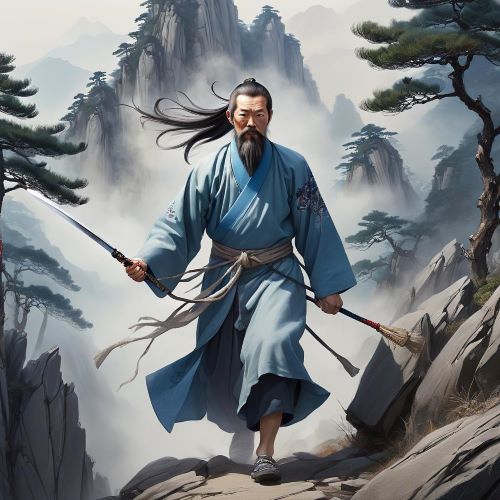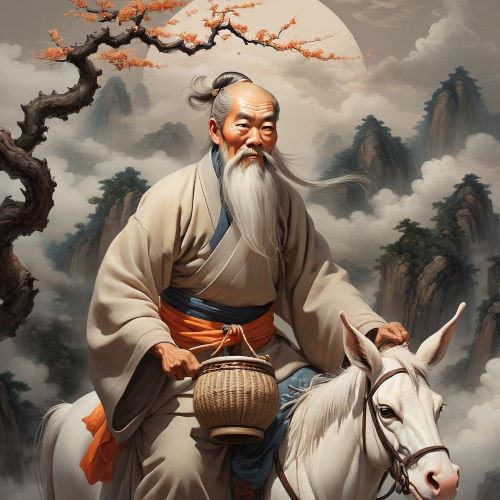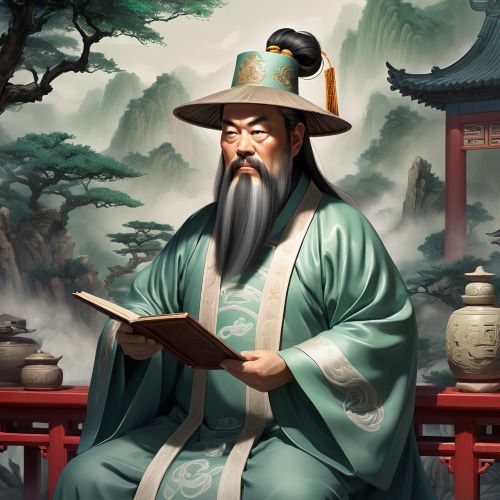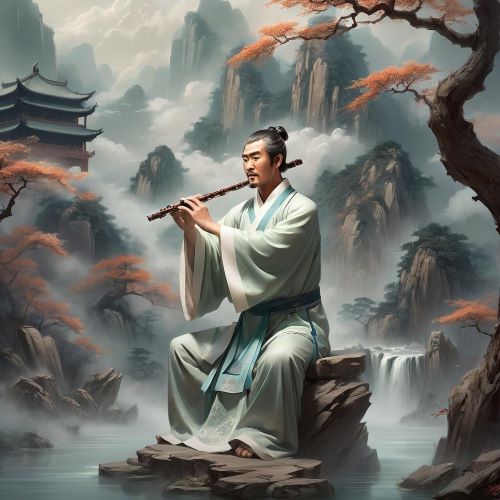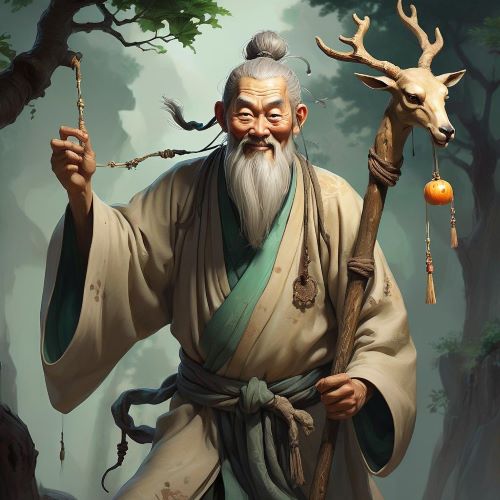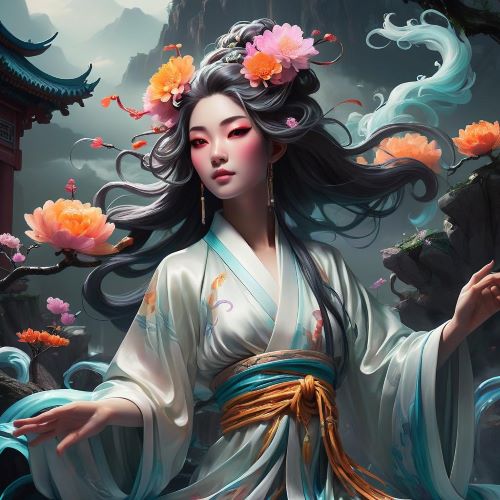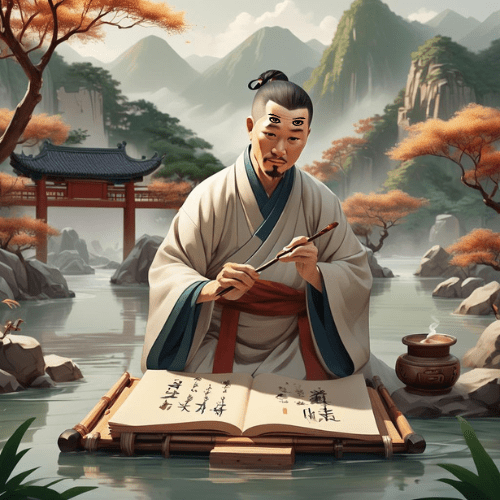East Asian Demigods
East Asian Demigods are among the most fascinating figures in mythology, embodying the union of divine power and human experience. Across the vast cultural landscapes of China, Japan, Korea, and Vietnam, these half-mortal, half-divine beings bridge the gap between gods and humans, often acting as mediators, protectors, or challengers of fate. Unlike fully divine beings who exist in celestial realms, East Asian Demigods walk closer to humanity, their stories reflecting both the struggles and triumphs of mortal life. They are celebrated for their extraordinary strength, wisdom, and abilities that set them apart, while still being grounded in the human condition.
In Chinese mythology, East Asian Demigods frequently emerge in tales tied to legendary dynasties and heroic sagas. Figures like Nezha, a child warrior born with divine attributes, embody courage and defiance against tyranny and chaos. Similarly, other semi-divine heroes are depicted as protectors of the people, battling demons and monsters that threaten harmony. These narratives emphasize loyalty, bravery, and the balance between duty to the divine and compassion for the human world. Their dual heritage makes them relatable, while their power elevates them into enduring symbols of cultural pride and resilience.
Japanese traditions also contribute richly to the understanding of East Asian Demigods, often portraying them as descendants of kami or celestial beings. Many legendary warriors, founders of clans, and cultural heroes are described as having divine ancestry, which grants them supernatural strength or extraordinary destiny. Their tales highlight themes of honor, sacrifice, and perseverance, reflecting values deeply ingrained in Japanese culture. These demigod figures often walk a fine line between reverence and humanity, embodying the tension between divine responsibility and personal desires. Such stories reveal the complexity of navigating both spiritual and earthly realms.
In Korean mythology, East Asian Demigods appear in the form of legendary rulers and culture-bringers, often believed to be born of heavenly beings and human mothers. These semi-divine figures are associated with the founding of kingdoms, the protection of communities, and the introduction of agriculture, laws, and rituals. Their role reflects the strong connection between divine ancestry and political legitimacy, underscoring the belief that leadership is divinely sanctioned. Vietnamese mythology also holds similar traditions, where demigod-like heroes with celestial or dragon ancestry stand as guardians of the land, leading people in times of conflict and ensuring the survival of culture and tradition.
The legacy of East Asian Demigods continues to inspire modern imagination, as their stories resonate in literature, theater, film, and digital media. From epic dramas that retell ancient legends to popular video games that reimagine their powers, these figures remain vital cultural icons. They embody the timeless appeal of characters who are both extraordinary and relatable, carrying the weight of divine expectation while struggling with human challenges. By exploring the mythology of East Asian Demigods, one discovers a wealth of stories that reflect cultural ideals, moral lessons, and the enduring fascination with beings who exist between two worlds.
East Asian Demigods are among the most fascinating figures in mythology, embodying the union of divine power and human experience. Across the vast cultural landscapes of China, Japan, Korea, and Vietnam, these half-mortal, half-divine beings bridge the gap between gods and humans, often acting as mediators, protectors, or challengers of fate. Unlike fully divine beings who exist in celestial realms, East Asian Demigods walk closer to humanity, their stories reflecting both the struggles and triumphs of mortal life. They are celebrated for their extraordinary strength, wisdom, and abilities that set them apart, while still being grounded in the human condition.
In Chinese mythology, East Asian Demigods frequently emerge in tales tied to legendary dynasties and heroic sagas. Figures like Nezha, a child warrior born with divine attributes, embody courage and defiance against tyranny and chaos. Similarly, other semi-divine heroes are depicted as protectors of the people, battling demons and monsters that threaten harmony. These narratives emphasize loyalty, bravery, and the balance between duty to the divine and compassion for the human world. Their dual heritage makes them relatable, while their power elevates them into enduring symbols of cultural pride and resilience.
Japanese traditions also contribute richly to the understanding of East Asian Demigods, often portraying them as descendants of kami or celestial beings. Many legendary warriors, founders of clans, and cultural heroes are described as having divine ancestry, which grants them supernatural strength or extraordinary destiny. Their tales highlight themes of honor, sacrifice, and perseverance, reflecting values deeply ingrained in Japanese culture. These demigod figures often walk a fine line between reverence and humanity, embodying the tension between divine responsibility and personal desires. Such stories reveal the complexity of navigating both spiritual and earthly realms.
In Korean mythology, East Asian Demigods appear in the form of legendary rulers and culture-bringers, often believed to be born of heavenly beings and human mothers. These semi-divine figures are associated with the founding of kingdoms, the protection of communities, and the introduction of agriculture, laws, and rituals. Their role reflects the strong connection between divine ancestry and political legitimacy, underscoring the belief that leadership is divinely sanctioned. Vietnamese mythology also holds similar traditions, where demigod-like heroes with celestial or dragon ancestry stand as guardians of the land, leading people in times of conflict and ensuring the survival of culture and tradition.
The legacy of East Asian Demigods continues to inspire modern imagination, as their stories resonate in literature, theater, film, and digital media. From epic dramas that retell ancient legends to popular video games that reimagine their powers, these figures remain vital cultural icons. They embody the timeless appeal of characters who are both extraordinary and relatable, carrying the weight of divine expectation while struggling with human challenges. By exploring the mythology of East Asian Demigods, one discovers a wealth of stories that reflect cultural ideals, moral lessons, and the enduring fascination with beings who exist between two worlds.


